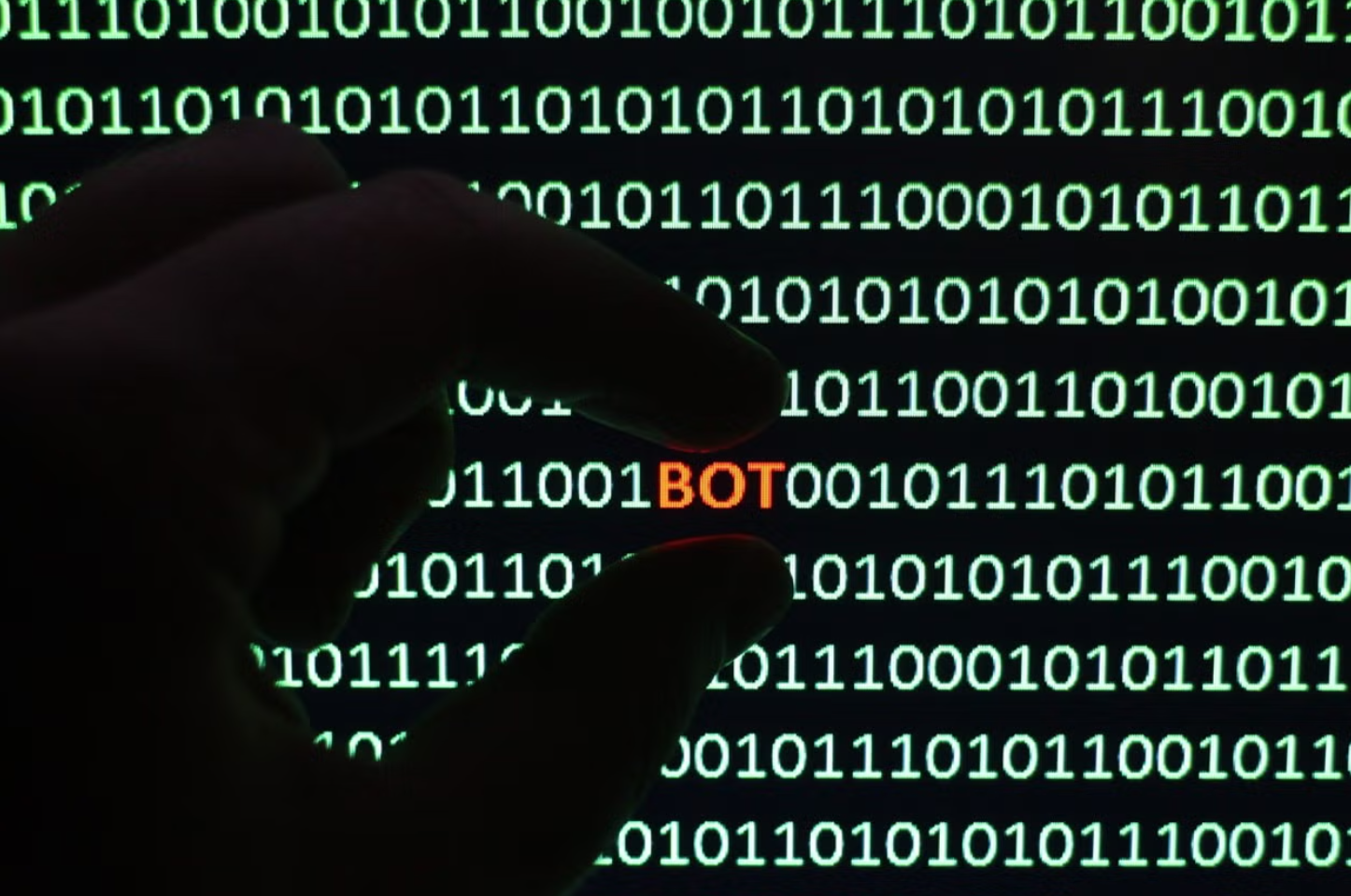Bots now make up the majority of all internet traffic
Cyber criminals are using AI tools like ChatGPT to carry out sophisticated attacks, researchers say

More than half of all internet traffic is now made up of bots, according to a new report.
Analysis by cyber security firm Imperva revealed that automated and AI-powered bots accounted for 51 per cent of all web traffic in 2024, with so-called “bad bots” at their highest level since the firm started tracking them in 2013.
The researchers noted that the emergence of advanced artificial intelligence tools like OpenAI’s ChatGPT and Google’s Gemini have led to new cyber threats for web users.
“The surge in AI-driven bot creation has serious implications for businesses worldwide,” said Tim Chang, general manager of application security at Thales Cybersecurity Products.
“As automated traffic accounts for more than half of all web activity, organisations face heightened risks from bad bots, which are becoming more prolific every day.”
These AI tools can be used to carry out spamming campaigns or even distributed denial-of-service (DDoS) attacks that knock sites offline by overwhelming them with fake traffic.
The industries most at risk, according to the 2025 Imperva Bad Bot Report are financial services, healthcare and e-commerce.
The report tracked an average of 2 million AI-enabled attacks each day last year, with the Bytespider web crawler tool making up 54 per cent of them.
Developed by TikTok owner ByteDance, the ByteSpider bot’s dominance was attributed to its widespread recognition as a legitimate tool, which the researchers said made it an “ideal candidate for spoofing”.
“The rise in the number of accessible AI tools has significantly lowered the barrier for entry for cyber attackers enabling them to create and deploy malicious bots at scale,” the report stated.
“With generative AI simplifying bot development, automated threats are evolving rapidly – becoming more sophisticated, evasive, and widespread, fueling the growth of both simple and advanced bad bots.
“Attackers now use AI not only to generate bots but also to analyse failed attempts and refine their techniques to bypass detection with greater efficiency.”
Join our commenting forum
Join thought-provoking conversations, follow other Independent readers and see their replies
Comments